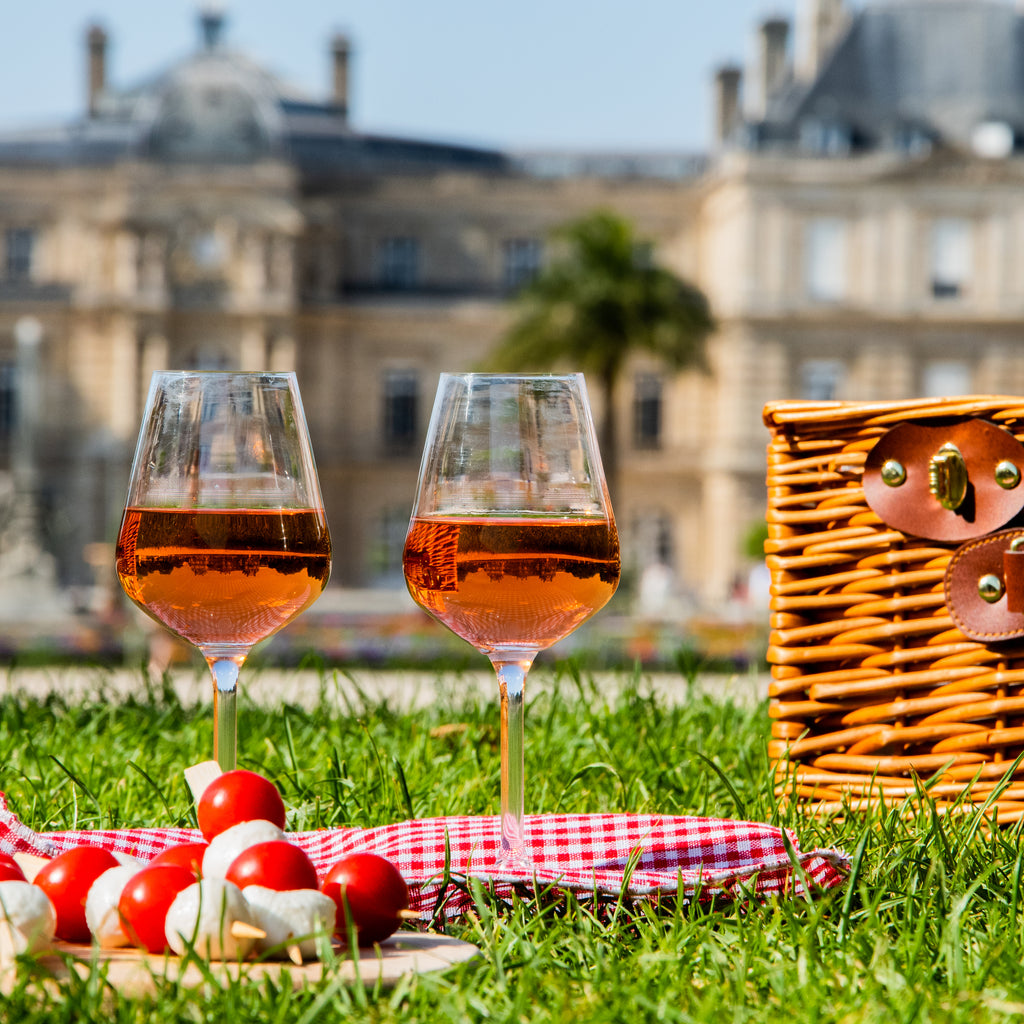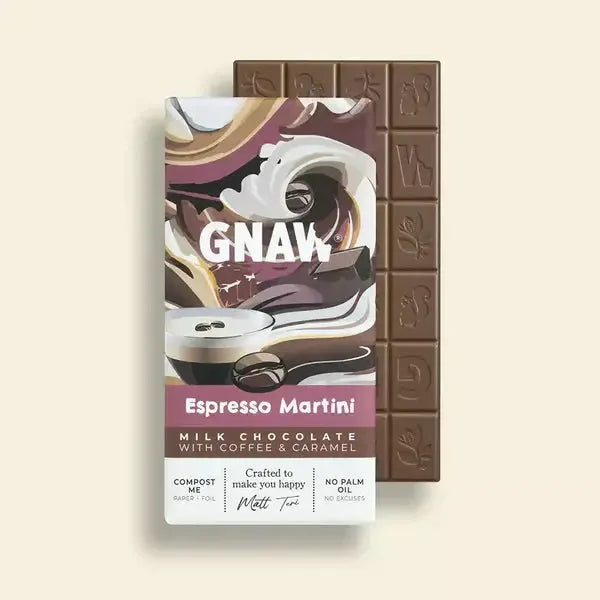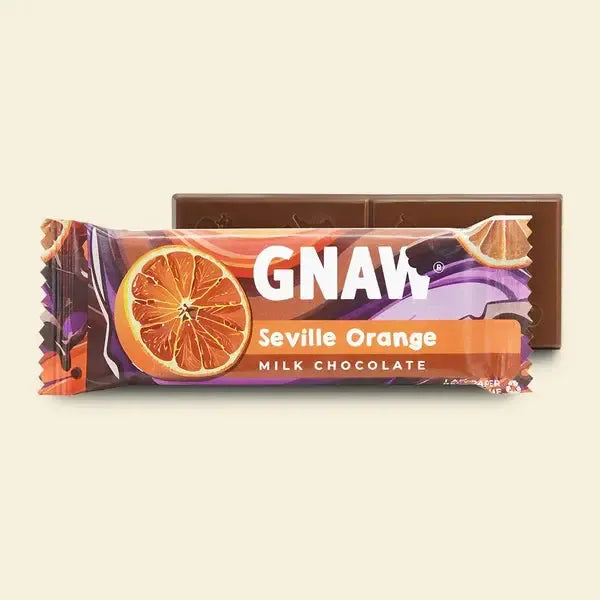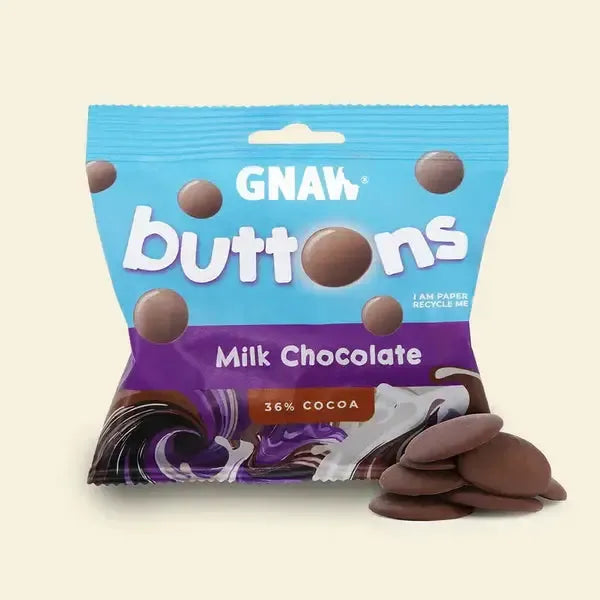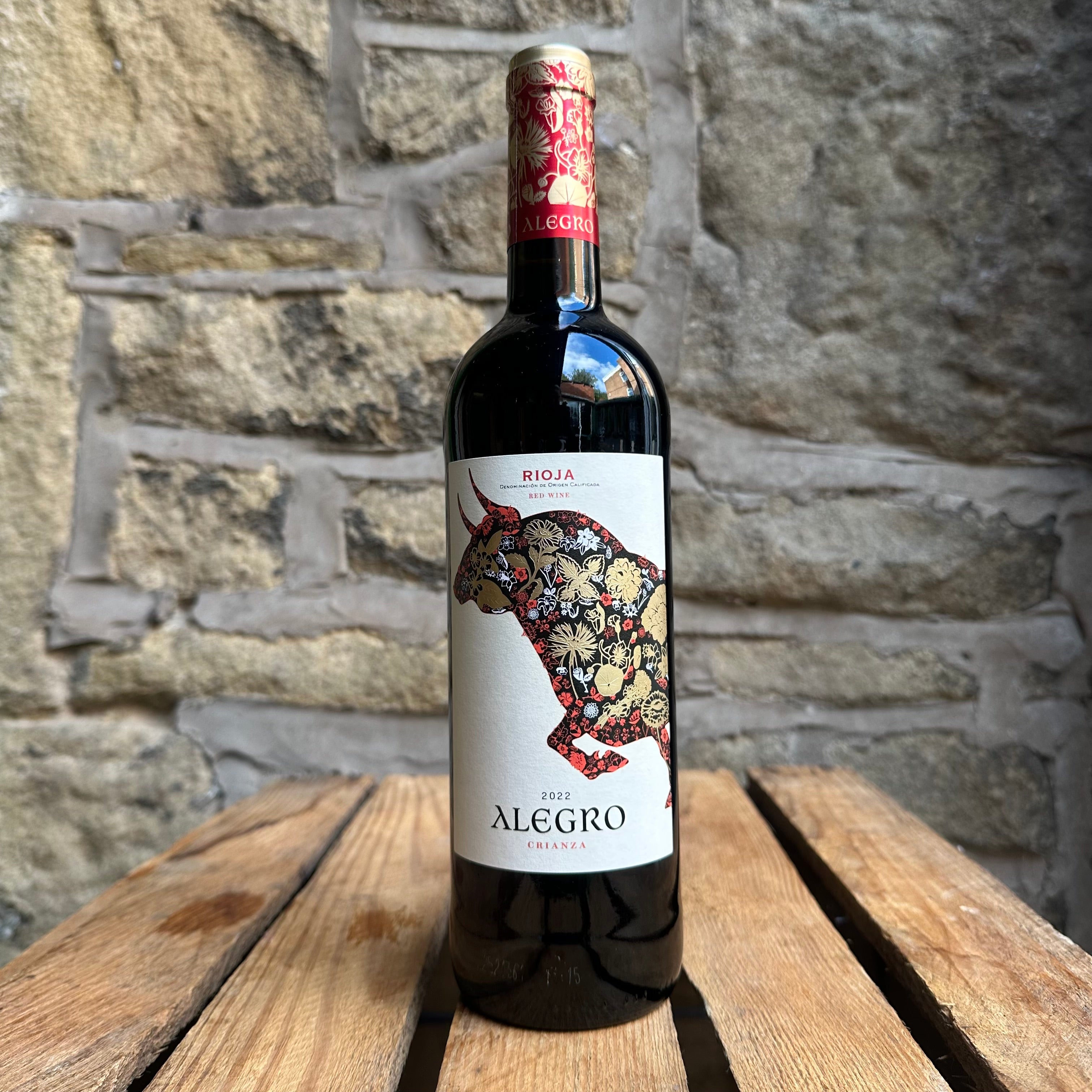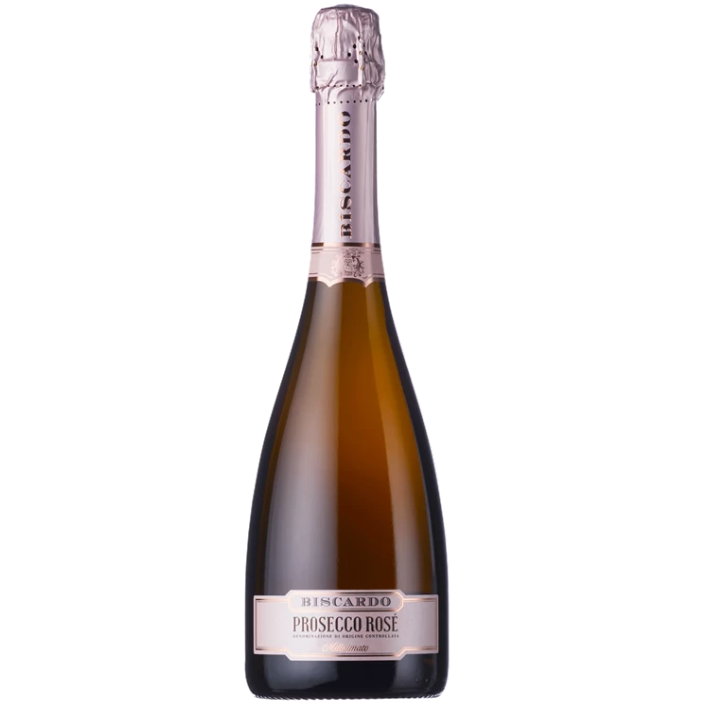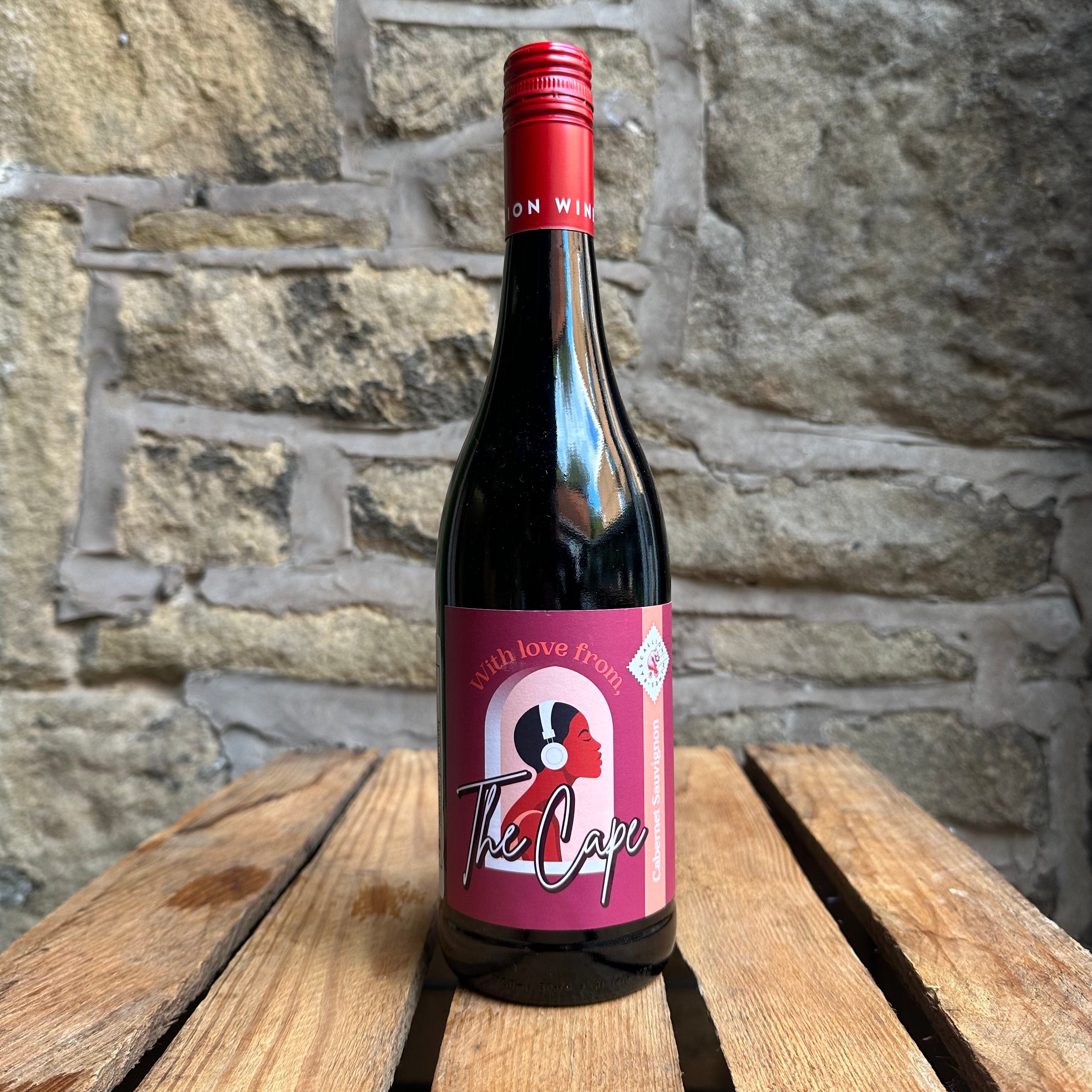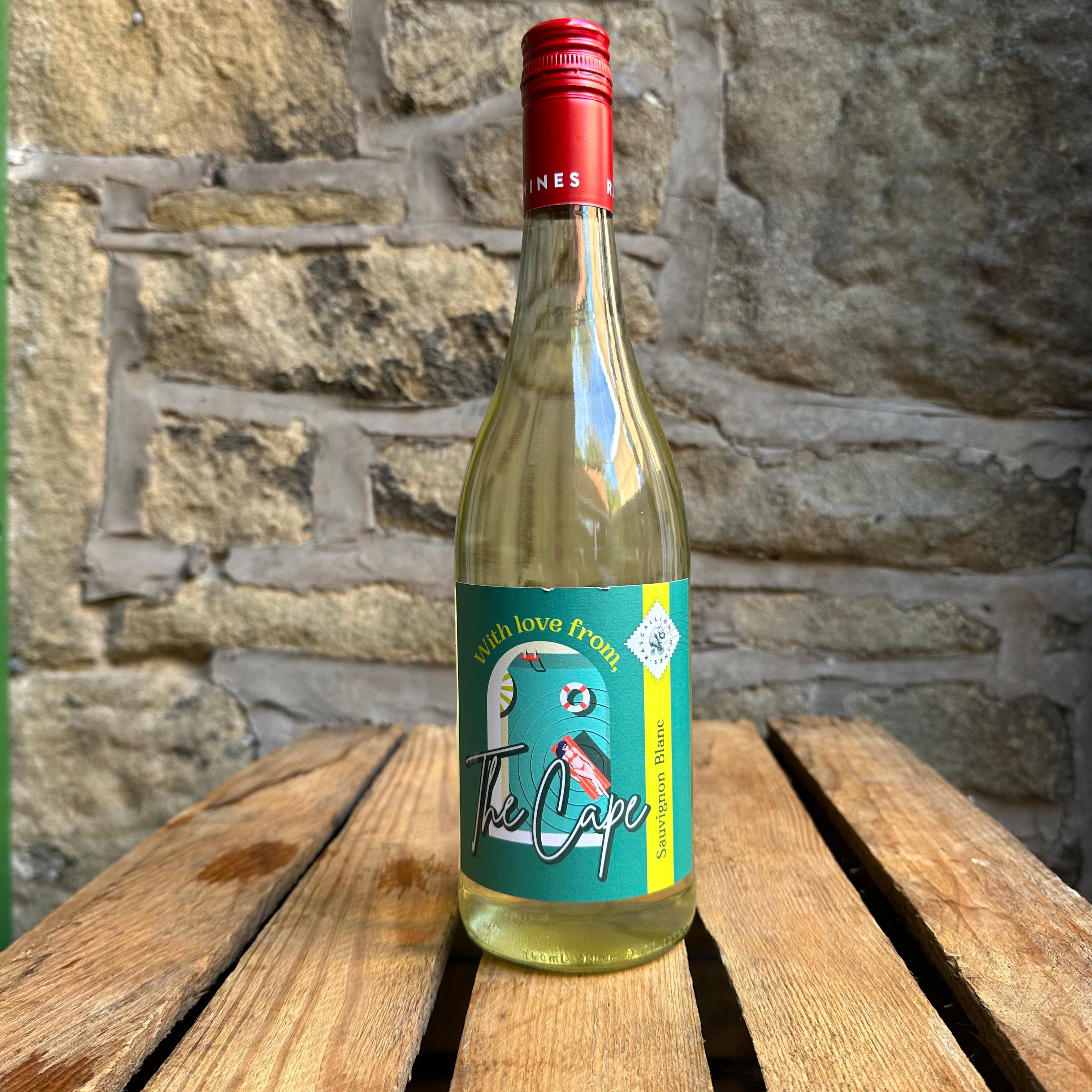
Sherry Week Celebrations

Did you know that Sherry is part of a larger family of fortified wines? In celebration of Sherry Week, we wanted to provide you with the basics in understanding more about this unique wine family and what makes them so special.
Sherry is an example of fortified wine, of which there are many other varieties such as Port, Madeira, and Marsala. Whether sweet or dry, all share the same factor; distilled spirit (most often brandy) is added to a wine base to raise alcohol levels, the process of fortification. Originally a solution for preserving wine on long sea voyages introduced in the 17th Century, fortified wines are now enjoyed in their own right.
The most well-known types of fortified wine are named from their region of production, each with its own particular methods and categorisation of types of wine. Sherry hails from Andalusia in Spain and must come from the “sherry triangle” consisting of three main towns: Jerez de la Frontera, Sanlúcar de Barrameda and El Puerto de Santa María.
Sherry is made with Palomino, Moscatel and Pedro Ximenez grapes and the Solera ageing process is core to sherry production: the sherry is slowly aged and oxidised in one barrel after another, with each successive barrel being older than the last. Barrels are never fully emptied meaning that remains of all sherries ever produced remain in some form throughout each new process. This complex process ensures flavours of nuts and dried dark fruits are added to any natural sweetness.
Sherries are generally dry, with the level of sweetness often noted on the bottle. They are categorised according to age, although the youngest still have a minimum of two years maturation and can mature for up to five years and still be classed as young. From youngest to most mature: Fino (such as Tio Pepe Palomino Fino), Manzanilla, Amontillado (such as Gonzalez Byass Vina Amontillado), Oloroso (such as Gonzalez Byass Afonso Oloroso), and Pedro Ximenez as the sweetest sherry, (such as Gonzalez Byass Nectar Pedro Ximenez). Some are aged for the longest period, such as Apostoles Rare Signature medium sherry, aged for 30 years.
Port hails from the Douro Valley and surrounds in Portugal using traditional grapes such as Touriga Nacional and Tinto Roriz, creating extremely sweet flavours. Made when fermentation of grapes is stopped with grape brandy added to the mixture, before differing long-ageing to produce either Ruby (such as Quinta Do Sagrado Ruby), Reserve, Vintage/LBV (such as Barao De Vilar LBV or Quinta Do Sagrado LBV) or Tawny (such as Quinta Do Sagrado Tawny), usually around 20% ABV.
There are also many new youthful white and pink ports becoming extremely popular, with a versatility to allow them to be mixed as refreshing long drinks with soda or tonic and garnishes. Barao De Vilar produce a fruity pink port, whilst Magalhaes bring a crisp medium dry white port.
Madeira hails from the Portuguese Madeira Islands, identified through another unique maturation process called Estufagem. This process adds heat, oxidization and pasteurisation to fermentation. The heat applied is more intense for youthful wines to accelerate maturation, whilst more mature wines can take more than a decade to produce the desired taste. This heat brings tropical and stone fruit notes to combine beautifully with natural oak flavours of vanilla and cinnamon. A perfect example is Henriques & Henriques medium dry Madeira
Marsala comes from the island of Sicily and uses the native grape Mosto Cotto, often blended with a neighbouring Sicilian sweet fortified wine Mistella, made from the Grillo grape. Classification of Marsala wines depends on their age, sweetness and colour with a great range of tastes available from dry to very sweet. Pellegrino Superiore Garibaldi Dolce is a medium sweet example, aged in wooden casks for at least two years.



